In the world of nutrition, vibrant and colorful foods are often associated with an abundance of essential vitamins, minerals, and antioxidants. Among these colorful gems are naturally pink foods that not only delight the eyes but also offer a plethora of health benefits. From nutrient-rich berries to hearty vegetables, incorporating naturally pink foods into your diet can be a delightful and nutritious journey. In this blog, we will explore some of the most enticing pink-hued foods that can help boost your overall health and well-being. Let’s know about some Naturally Pink foods here:-
Pink Healthy Foods To Include In Your Diet
Sweet and Juicy Pink Grapefruit:
Pink grapefruit is not only a refreshing and delicious citrus fruit but also a nutritional powerhouse. Packed with vitamin C, potassium, and fiber, this pink delight can support a healthy immune system, aid in digestion, and promote heart health. The pink hue of the flesh is attributed to the presence of lycopene, a potent antioxidant known for its role in reducing the risk of certain chronic diseases.
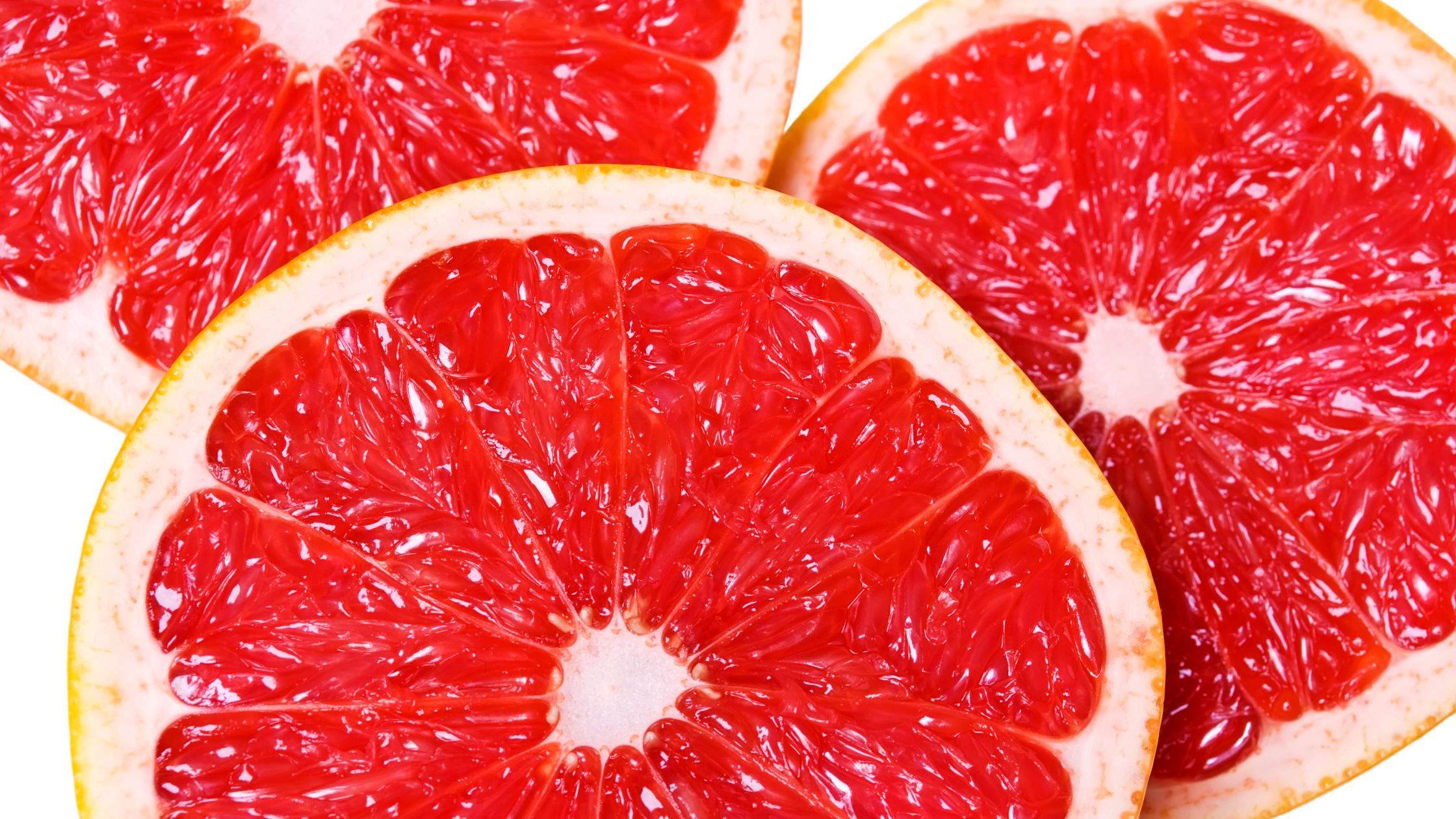
Nutrient-Dense Beets:
Beets are a true gift from nature when it comes to naturally pink foods. Their deep pink to purple color is indicative of the presence of betalains, which possess anti-inflammatory and antioxidant properties. Betalains are also responsible for promoting detoxification and supporting liver health. Beets are rich in essential nutrients like folate, iron, and vitamin C, making them a valuable addition to any balanced diet.
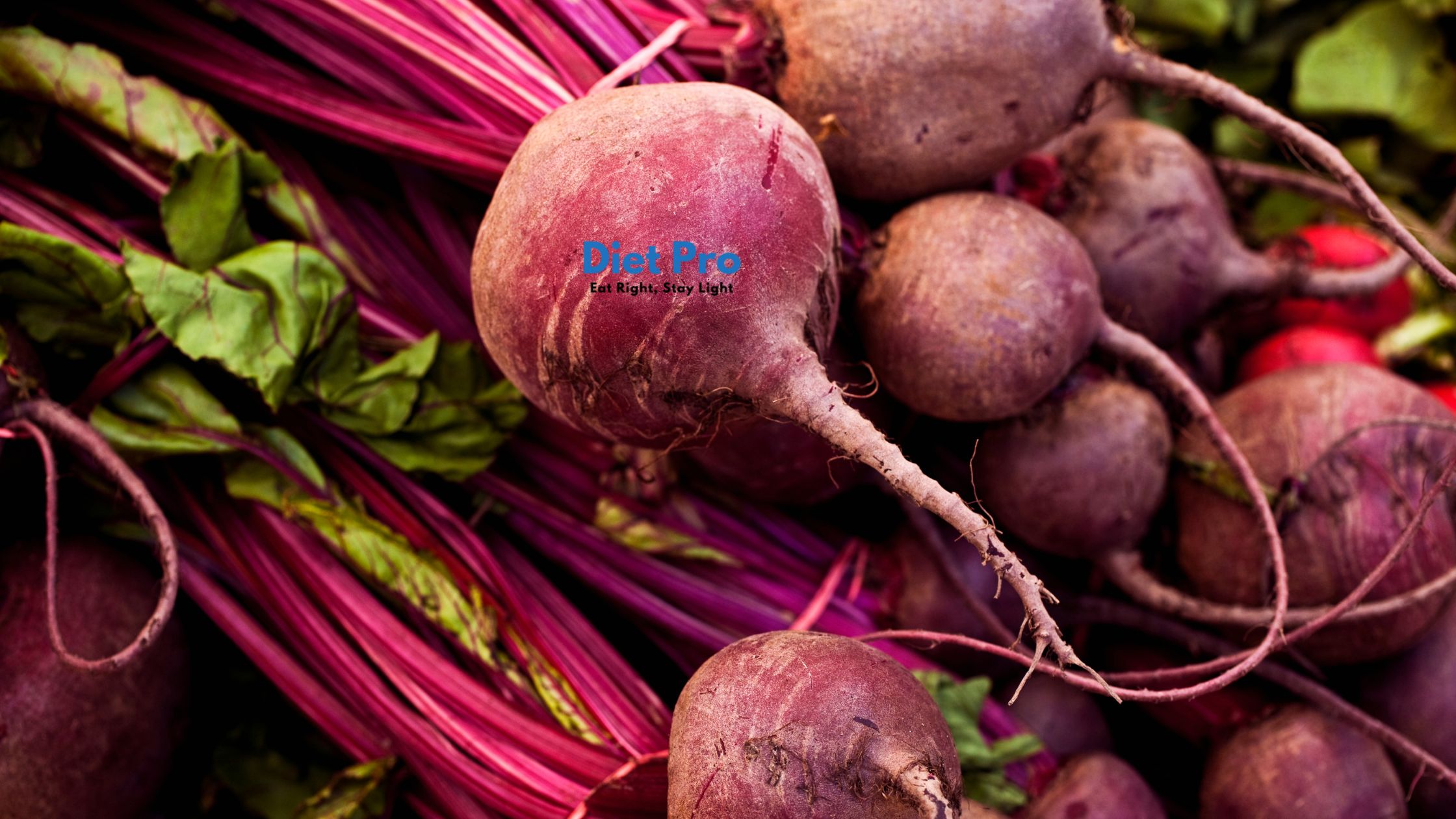
Wholesome Pink Salmon:
Salmon is renowned for its omega-3 fatty acids, which are essential for brain health and heart function. The pink color of salmon is attributed to its diet of krill and other pink-hued marine organisms. These omega-3 fatty acids play a vital role in reducing inflammation, supporting cardiovascular health, and enhancing brain cognition.
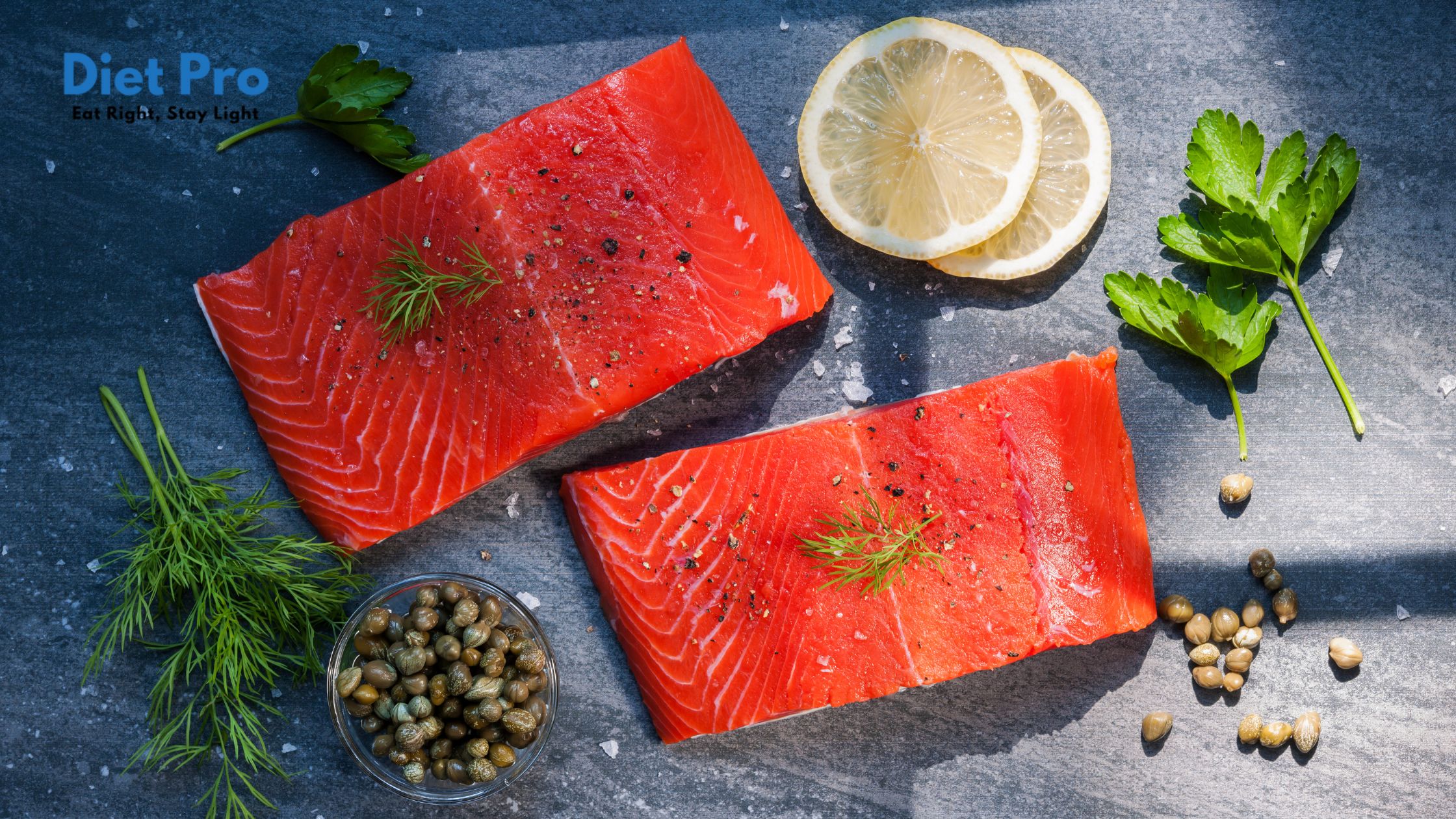
Succulent Pink Guava:
Guava is an exotic tropical fruit with a delightful pink flesh that is both juicy and nutritious. Rich in vitamin C, fiber, and antioxidants like lycopene and beta-carotene, guavas offer a significant immune system boost. Additionally, their high fiber content aids in digestion and supports gut health.
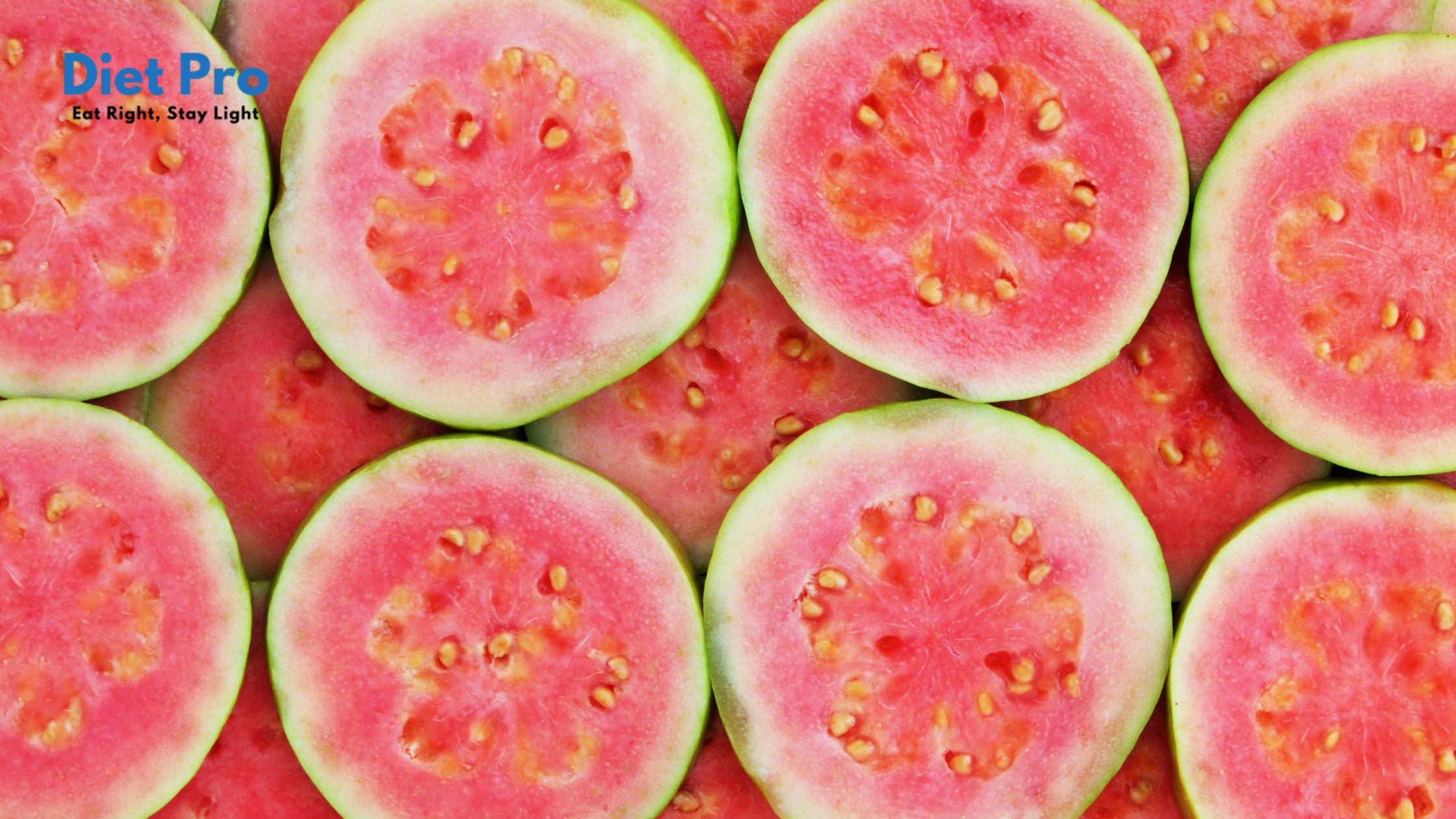
Antioxidant-Packed Pink Pitaya (Dragon Fruit):
Dragon fruit, commonly known as pitaya, is a unique and striking pink fruit with a refreshing flavor. Its vibrant pink color is due to the presence of betacyanins, a group of antioxidants known for their potential anti-inflammatory properties. Dragon fruit is also a good source of vitamin C, iron, and magnesium, making it a great option for promoting skin health and overall well-being.
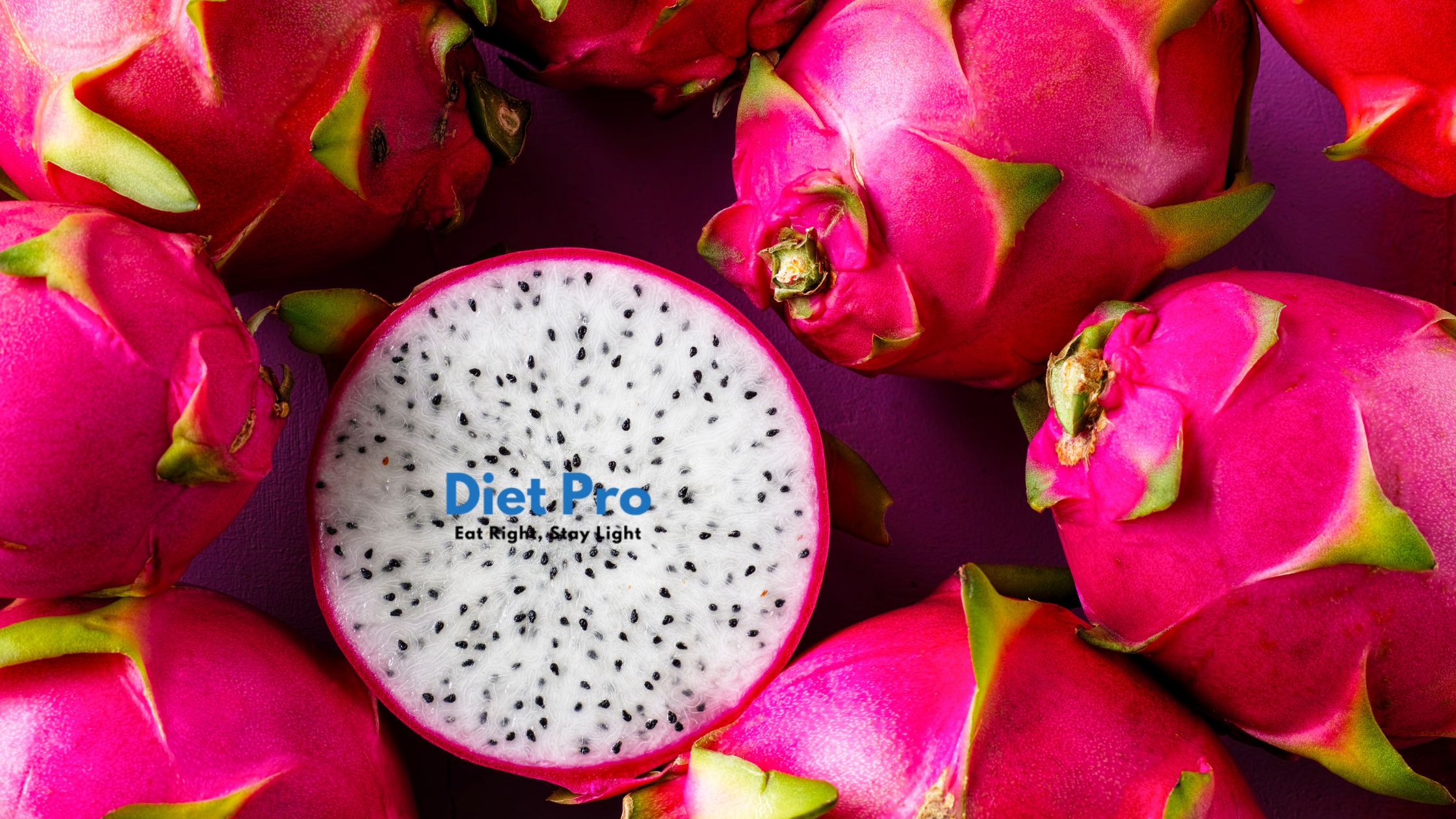
Rosy Raspberries:
Raspberries are not only delicious but also a great source of dietary fiber and antioxidants like quercetin and ellagic acid. These antioxidants play a crucial role in neutralizing free radicals and protecting the body against oxidative stress. With their beautiful pink-red hue, raspberries are a fantastic addition to smoothies, salads, or enjoyed on their own as a tasty snack.
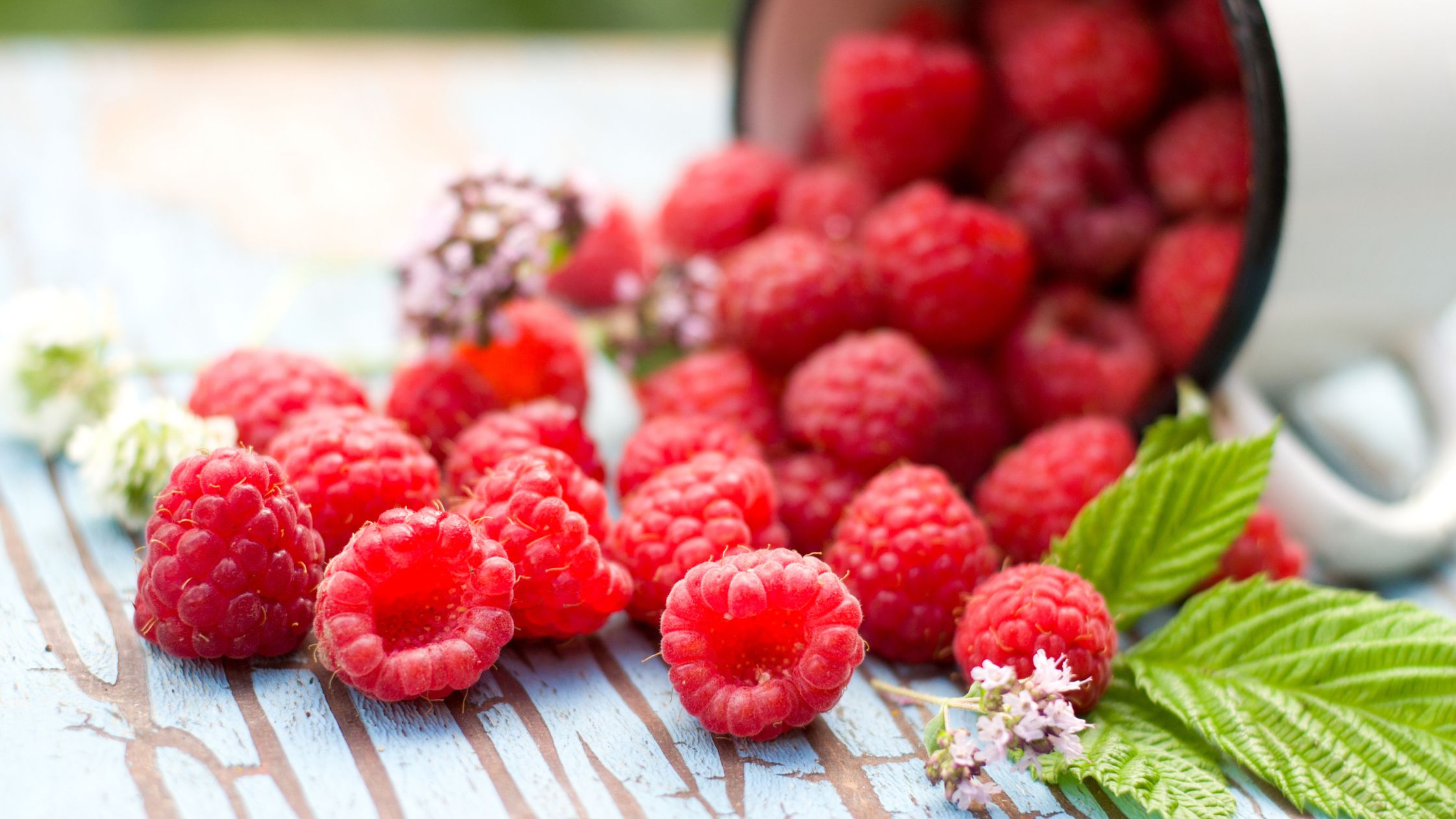
Watermelon: The red-pink color of watermelon comes from lycopene, which may support heart health and reduce the risk of certain diseases. This is one of the best Naturally Pink Foods which is highly using in USA.
Strawberries: Packed with anthocyanins and vitamin C, strawberries contribute to better skin health and immune function. This is also Naturally Pink Foods.
Naturally Pink Foods
Radishes: The pink hue in some radish varieties is due to anthocyanins, adding antioxidants to your diet.
Pink Lady Apples: These apples have a pink blush due to anthocyanins and provide fiber, vitamin C, and various minerals.
Pink Himalayan Salt: Derived from ancient sea salt deposits, it contains essential minerals and is free from chemical additives.
Pink Lentils: A nutritious source of plant-based protein, fiber, and various vitamins and minerals.
Pink Quinoa: This versatile grain is high in protein, fiber, and essential amino acids.
Pink Chard: Rich in vitamins A, C, and K, as well as iron and magnesium, pink chard is a nutrient powerhouse.
Pink Guava Juice: Packed with vitamin C and antioxidants, guava juice boosts immunity and supports skin health.
Naturally Healthy Foods
Pink Hibiscus Tea: Known for its refreshing taste and potential blood pressure-lowering properties.
Pink Pickled Onions: These onions get their pink color from the pickling process, and they add a tangy flavor to dishes.
Pink Greek Yogurt: Flavored with natural ingredients like strawberries or raspberries, providing probiotics and protein.
Pink Shrimp: Shrimp’s pink color is due to astaxanthin, an antioxidant also found in salmon.
Pink Radicchio: A nutrient-dense leafy vegetable with a slightly bitter taste, rich in vitamins and minerals.
- Read More :- Benefits of Eating Lady finger
- Read More :- Homemade tips for glowing skin in winter
What Makes Food Pink?
The pink color in various foods is primarily due to the presence of specific pigments or natural compounds. These pigments are responsible for the diverse range of hues seen in foods, including shades of pink. Let’s explore some of the common pigments that contribute to the pink color in different food items:
- Anthocyanins: Anthocyanins are water-soluble pigments belonging to the flavonoid group, responsible for producing red, purple, and blue colors in fruits, vegetables, and flowers. When the pH of the environment is acidic (lower pH), anthocyanins appear more red, while in a more basic (higher pH) environment, they display a blue color. In a neutral pH range, they appear as various shades of pink. Some pink-colored foods rich in anthocyanins include strawberries, raspberries, cherries, and pink grapefruit.
- Lycopene: Lycopene is a red pigment found predominantly in tomatoes, watermelons, and pink grapefruit. While lycopene itself is red, in combination with other pigments and the natural acidity of these fruits, it can give rise to pink hues. It is a potent antioxidant known for its potential health benefits, especially in supporting heart health.
- Betalains: Betalains are a group of pigments found mainly in beets, providing them with their characteristic red, purple, and pink colors. Betalains are highly sensitive to changes in pH, so the exact hue can vary depending on the food’s acidity or alkalinity. They are known for their antioxidant and anti-inflammatory properties.
Conclusion:
Incorporating naturally pink foods into your diet can be a delightful and healthful way to nourish your body. From the juicy sweetness of pink grapefruit to the earthy goodness of beets, these vibrant pink-hued foods are packed with essential nutrients, antioxidants, and health benefits. Embrace the rainbow of colors that nature offers, and add these naturally pink delights to your meals to support your overall well-being and indulge in a delicious and nutritious culinary journey.
